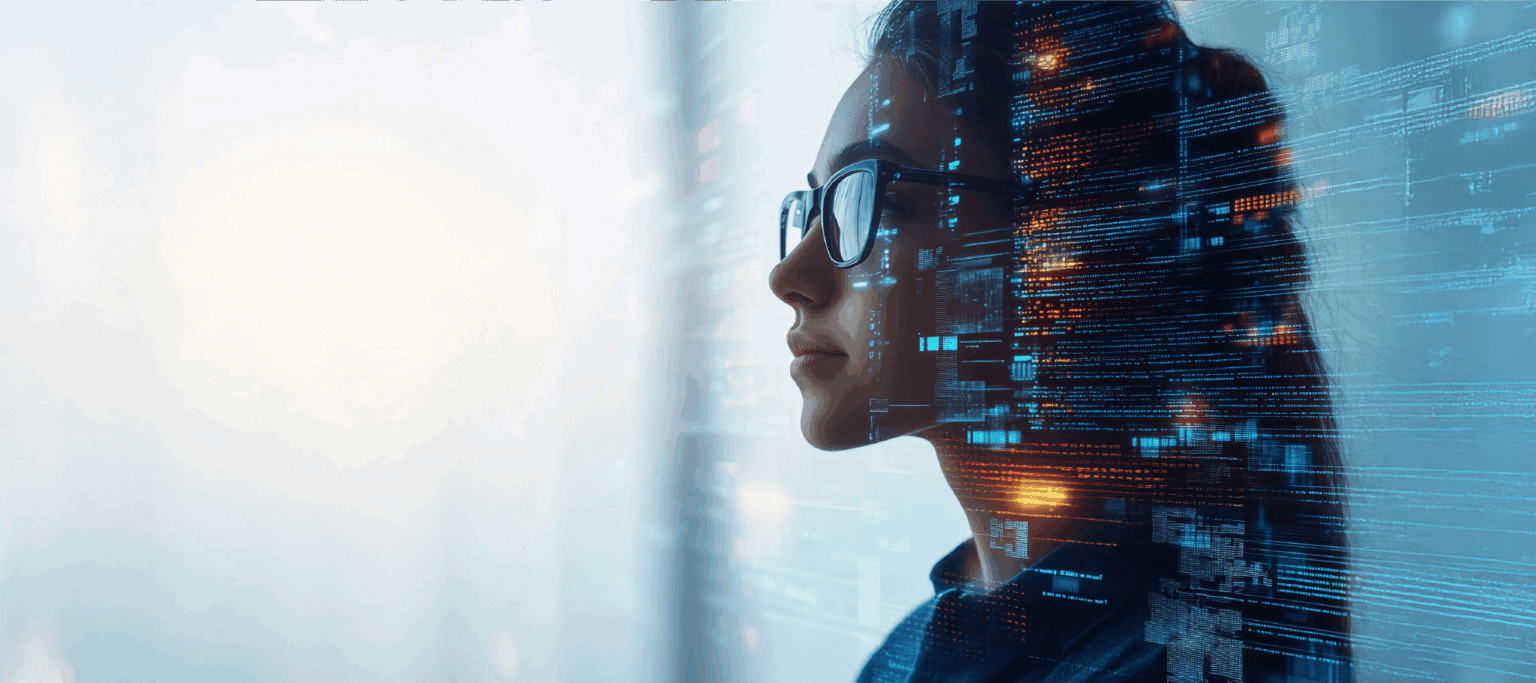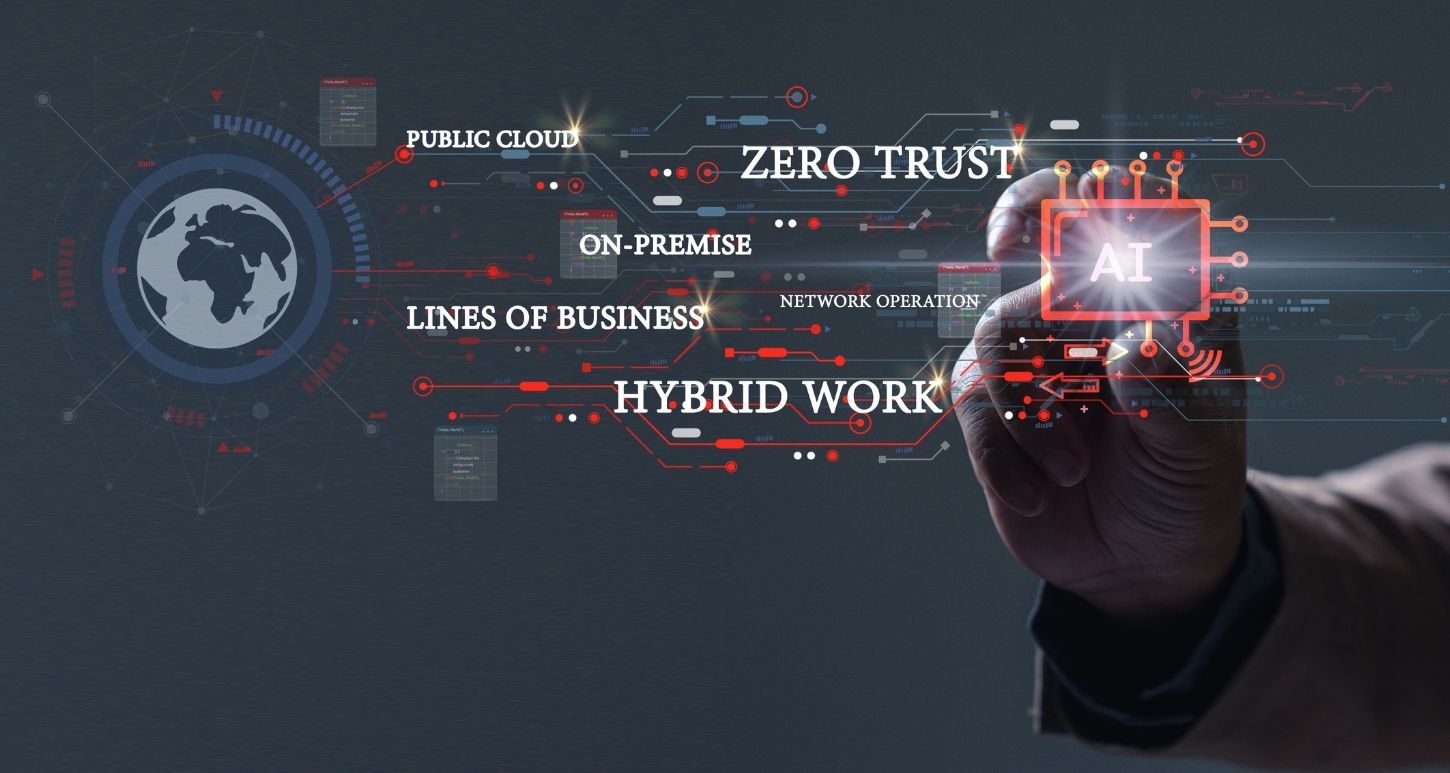Forget for one second that it’s super-fast (only slightly slower than the speed of light), has far less attenuation (signal loss) than copper or coax cable, is impervious to EMI and RFI, doesn’t pose a fire hazard and doesn’t require replacement nearly as often as its transmission counterparts. Fiber optics can also be used to detect earthquakes. Yes, earthquakes. Researchers at the Department of Energy (DoE) Office of Science, located and managed at The University of California in Berkeley, CA., have been hoarding insane amounts of seismic data for years that they’ve collected from dark fiber buried in and area the Bay Area. From their over 500 terabytes of collected data, they analyze it to help monitor landslides, sinkholes, changes in injected carbon dioxide and, most importantly, earthquakes. By deploying what they term “distributed acoustic sensing”, the buried, unused fiber helps them measure seismic waves and achieve results comparable to traditional seismometers. It’s a game-changer in the world of seismology.
Out with the old…well, not just yet
Seismometers are what is currently used to detect the tiniest of tremors above ground and under it. But one (1) seismometer can’t detect movement over expansive areas. And it takes at least three (3) to detect the epicenter of a single earthquake. Think about the land mass in California alone―over a hundred million acres. That’s a lot of seismometers. While they can be linked together to expand their range of detection, they’re difficult to manage and maintain. And they’re the diamond of technologies; very small, but extremely pricey. The dark fiber that DoE researchers monitor transforms vibrations into data they collect and analyze. While normal, ambient vibrations caused by traffic, construction, etc., have to first be parsed, then jettisoned, researchers can then get down to the business of identifying vibrations related to earthquakes, sinkholes and landslides. The idea to utilize fiber optics to measure Earth’s tremors actually came from the oil and gas industry. After years of feeling trucks’ movements under their Tony Lama’s, petroleum engineers wondered if there was a way to measure movements located underground, such as those related to oil wells and pipelines. They opined that fiber optics may be the answer. They were right. It worked, and worked well. It’s still being used today for those purposes.
Here’s how they do it
Yes, it’s amazing, but it’s actually quite simple. When light is shot down the dark fiber, any impurities in the fiber scatters the light. Researchers use a laser interferometer to measure this scattering, which is caused by the pushing, pulling, pinching and squeezing of the fiber. And precisely how it’s being manipulated is caused by vibrations and tremors, even the tiniest of them. With the glut of dark fiber available due to the telecom industry’s 1990’s arms race to get as much of it buried, strung or dropped in the ocean as possible, there’s no lack of it for seismographers to access.
For questions, turn to these optical networking experts
If you have questions or would like more information about fiber optics or optical networking, contact GDT’s Optical Networking practice professionals at Optical@gdt.com. Composed of experienced optical engineers, solutions architects and project managers who specialize in optical networks, the GDT Optical Networking team supports some of the largest service providers and enterprises in the world. They’d love to hear from you.




